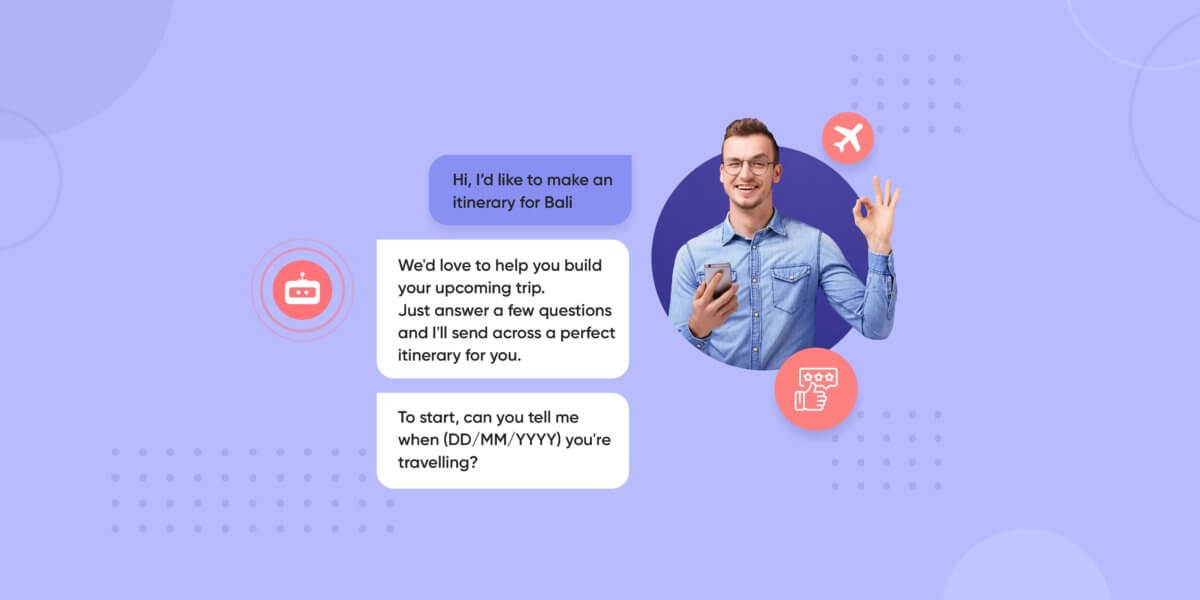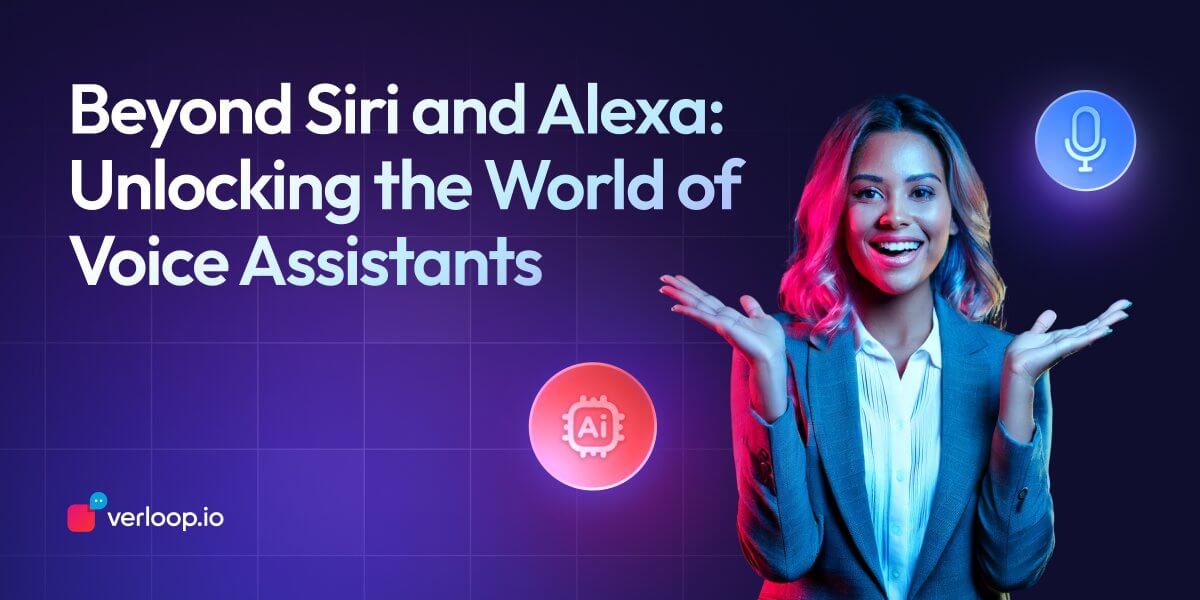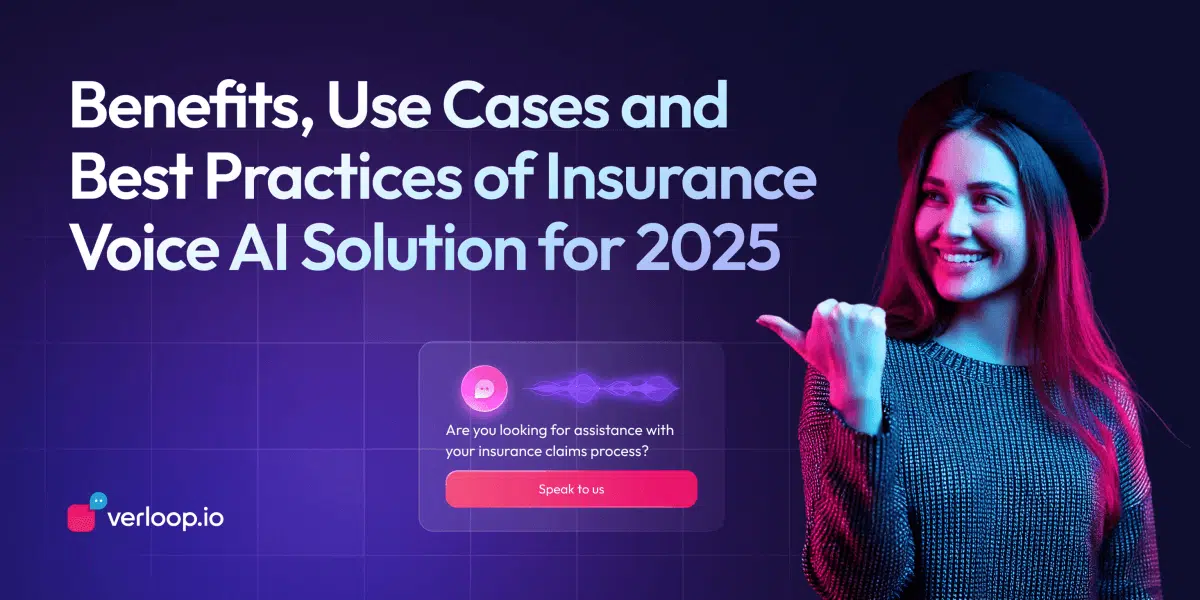Chatbot Personality: The Secret Sauce for Enhancing Customer Experience
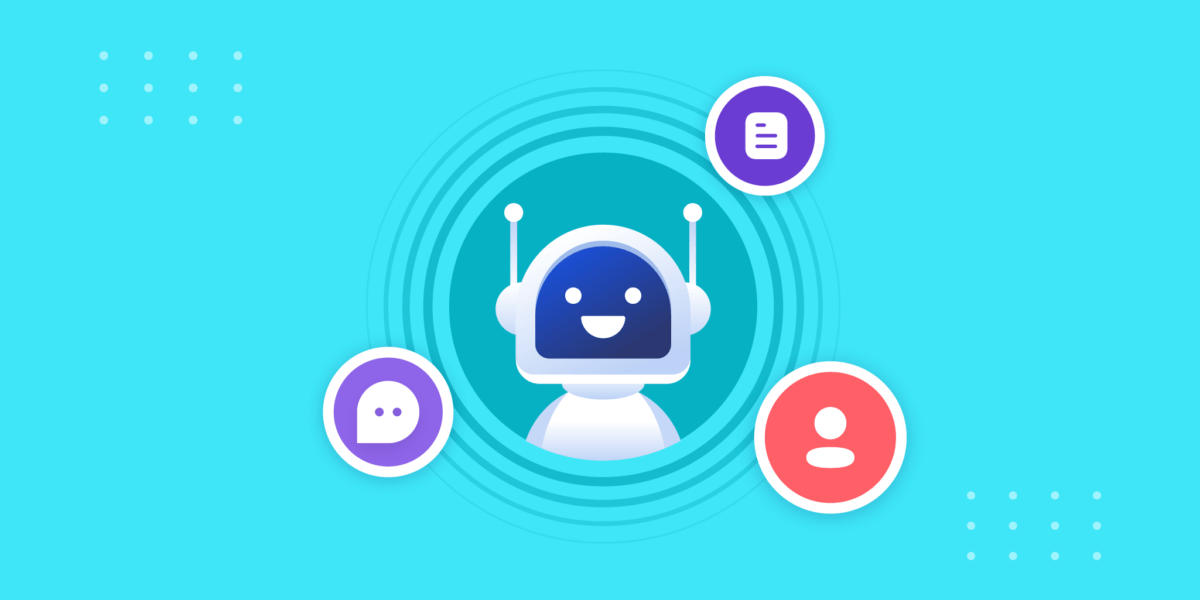
Chatbot Personality: The Secret Sauce for Enhancing Customer Experience
Over the past few years, chatbots have stepped into the foray of mainstream business operations. As chatbots have developed, an increased focus has also been placed on chatbot personality.
There is one cardinal rule to bot building – don’t try to pass off your chatbot as a real person.
Humans talk to humans very differently than they do with technology. And technology hasn’t come far enough to bridge that gap.
There’s nothing more annoying than trying to have your problem solved by constantly being met with a barrage of, “I couldn’t understand that, could you try again?”
So, your customer is talking to a machine. But that doesn’t mean it has to be a mechanical experience for them.
Investing in personality informs every touchpoint of a chatbot.
Chatbot personality creates a deeper understanding of the bot’s end goal, and how it communicates with users.
Whether you like it or not, your users will still assign a personality to your bot if one hasn’t been explicitly designed.
A well-defined chatbot personality creates real user loyalty and customer delight.
So what are the things to keep in mind?
Suggested Reading: What Makes Human to Machine Communication Natural?

Here is what you need to do while designing your chatbot personality:
- Know the target audience
- Find a niche and master it
- Build a job description
- Go gender diverse
- Define tone of voice
- Test in real scenarios
Know the Target Audience
Understanding your target audience allows you to personalize your chatbot personality. Customers want to talk to people like them.
It’s all a part of getting brands to be being more human.

Businesses are often put off when presented with the idea of defining target audiences for a bot.
And that’s understandable. Building personas and identifying audiences is a long and arduous process.
But consider this – a bot is an extension of the platform it’s on. So a chatbot on your website is likely to interact with the same personas you defined for the website.
Similarly, for a mobile app, social media page or anywhere your bot is going.
Your target market and its persona build organically out of the platform on which you choose to host the bot.
With time, you’ll be able to identify which of your personas are more and less likely to interact with the bot and why. But, as a start, you can simply replicate.
Find A Niche and Master It
Along with identifying who’s going to be chatting with your bot, it’s important to understand what they’re chatting for.
There are three rough reasons for a customer to talk to your bot.
- They want to buy a product/service.
- They want customer support for a product/service they’ve produced.
- They’d like to be engaged, usually after purchase.
Ideally, you want a bot to fulfil only one use case at a time. Maybe two, but any more and you’ll overload the bot and ruin the customer experience.
Each of these use cases will be available on different parts of your website, and will have a different copy and different metrics to judge success.
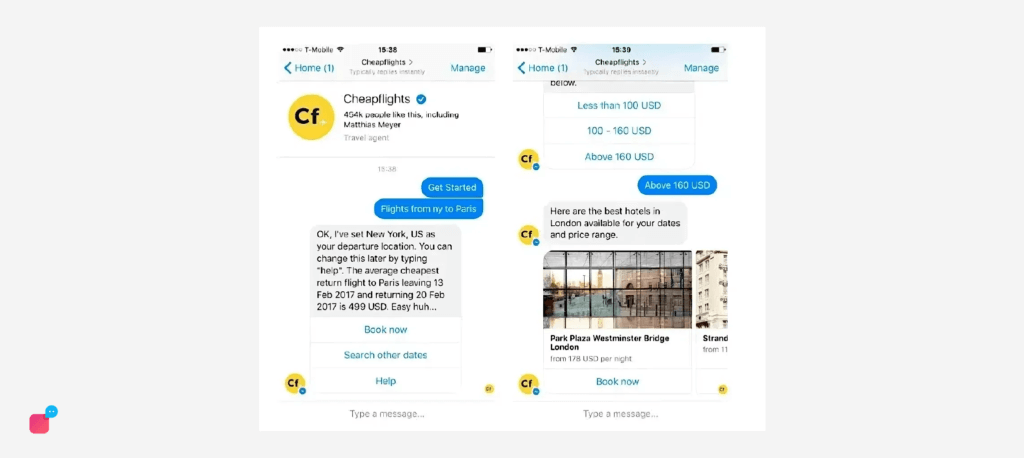
Identifying what your bot will be used for by your users allows you to set a chatbot personality that best solves their problem.
Know: How to train your chatbot?
Build A Job Description
Build tangible, actionable reference material for your bot. This allows multiple teams to work on a single product with a unified vision. It also keeps the purpose of the bot in line.
Build out a JD for your bot, the same way you would if you had an employee join the organization.
You can take it a step further – even write out a role and job title for the bot. This helps inform the chatbot personality you will eventually choose.
For example, consider the following real job description for a receptionist position, but slightly edited.
Duties and Responsibilities:
Screen and direct calls Greet all visitors and direct them, as appropriate Respond to queries from the public and customers
Qualifications:
One year of related experience Customer service–oriented, with knowledge of applicable principles and practices Strong communication skills Reliable and dependable Able to maintain confidentiality at all times
Identifying what role your bot is supposed to fill helps you define what personality it eschews.
If you’re searching for a customer support rep, you want them to be kind, empathetic and deliberate. If you want someone to lead sales at your org, you’re searching for a driven, to-the-point person with great people skills.
Go Gender Diverse
More often than not, and not for any lack of inherent bias, bots traditionally lean heavily towards being female.
This stems from a range of issues – but the topic itself is fairly well documented.
To that end, unless it seeks to solve a specific purpose, build a genderless bot.
Designing chatbots with female names and voices, just because it feels right perpetuates gender constructs and stereotypes which simply don’t hold true.
Mirroring this discrimination and reflecting it onto products is at its very best, misguided.
So, if you choose a genderless bot, make sure your chatbot personality, name and visual identity reflect that.
Define Tone Of Voice
You want your bot to be able to handle minimal small talk, so come up with a few questions and answer them.
This small step goes a long way in building the nuances of the copy you’ll pick down the line.
Where are they from? Who else lives in the household? Education Hobbies/passions Favorite joke/quote Favorite TV show/movie/book
Language and tone play a huge role in a chatbot’s personality. You’ll find a lot of really funny bots on the market – and they’re quite memorable. Read: How to localise your chatbot to your target audience?
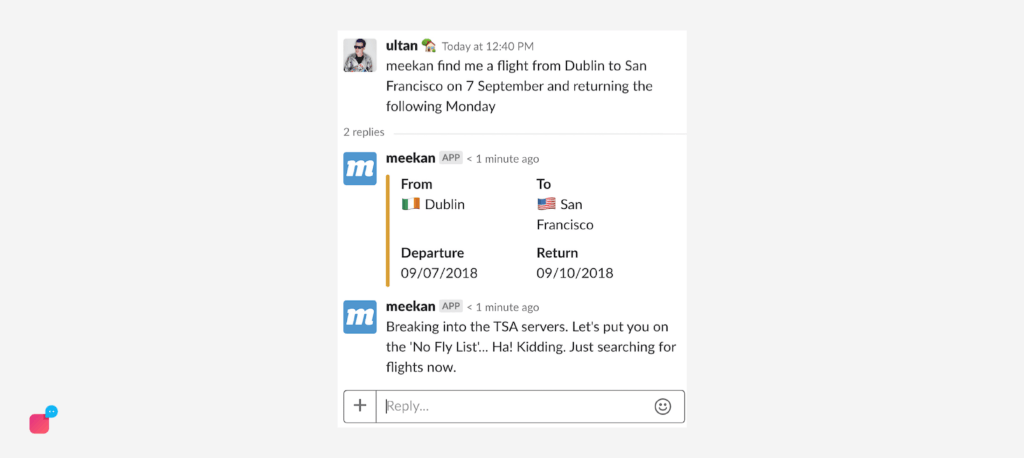
You also want to use colloquial, non-machine-like language. For example – “Oh! Let me fix that for you right away” holds a much different tone than, “Please stay online, connecting you to a service rep.”
Test with Real Conversations
The chatbot you settle on is being built for a human being – and it’s easy to forget that.
Conversational interfaces exist for better interactions between humans and computers.
So then, how can we personalise these conversations to be more life-like, intimate, and representative of human interaction?
Through testing with other humans.
Conversation is complex. It requires a shared language, context, and understanding of participants, which the wrong language choices can throw off course.
Don’t assume how users will react when you could just as easily find out.
Your chatbot is more than likely the first touch point for many of your users. Their first experience with your bot defines their first impression and brand perception. Know how to get your chatbot flows right.




